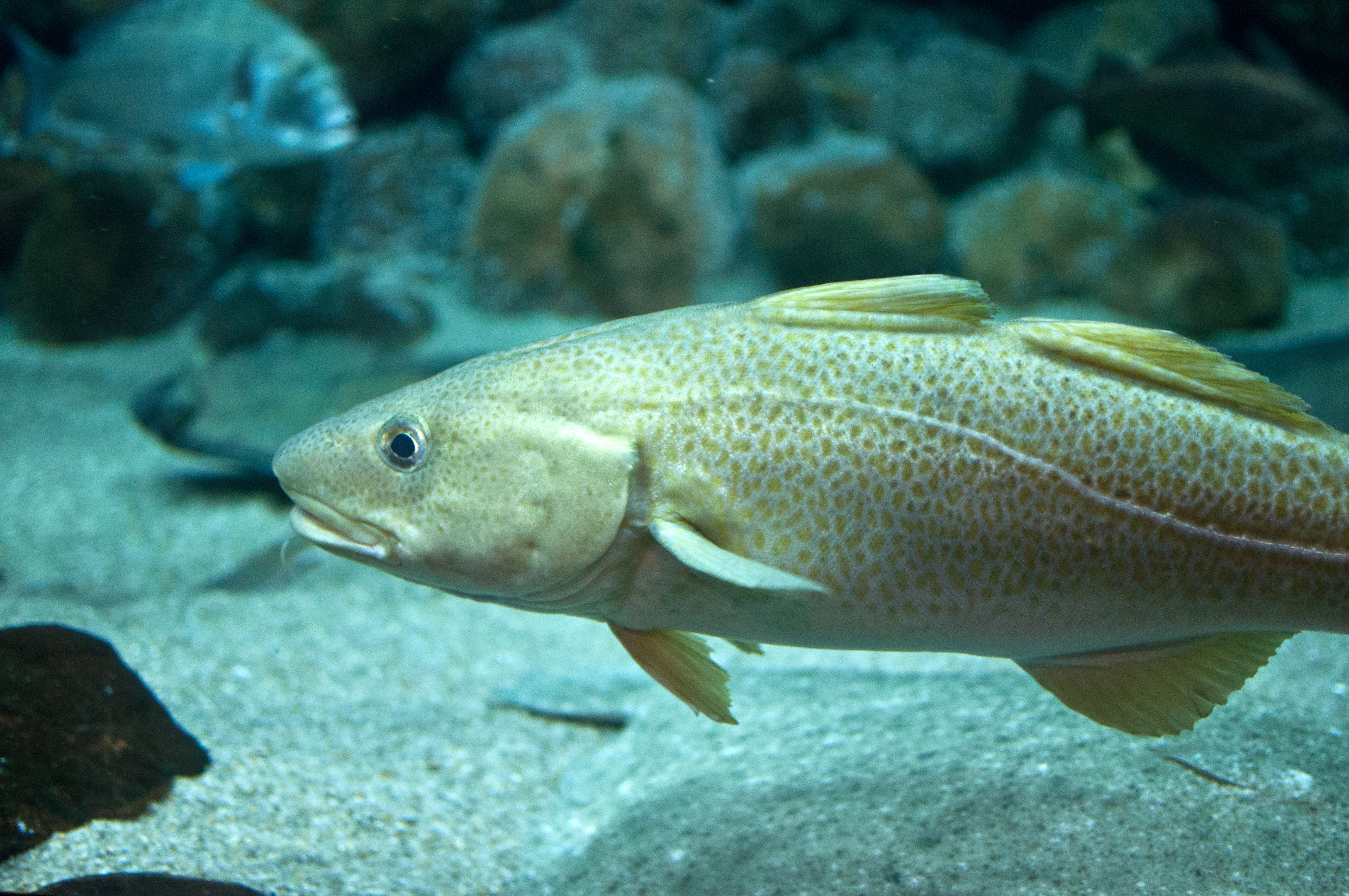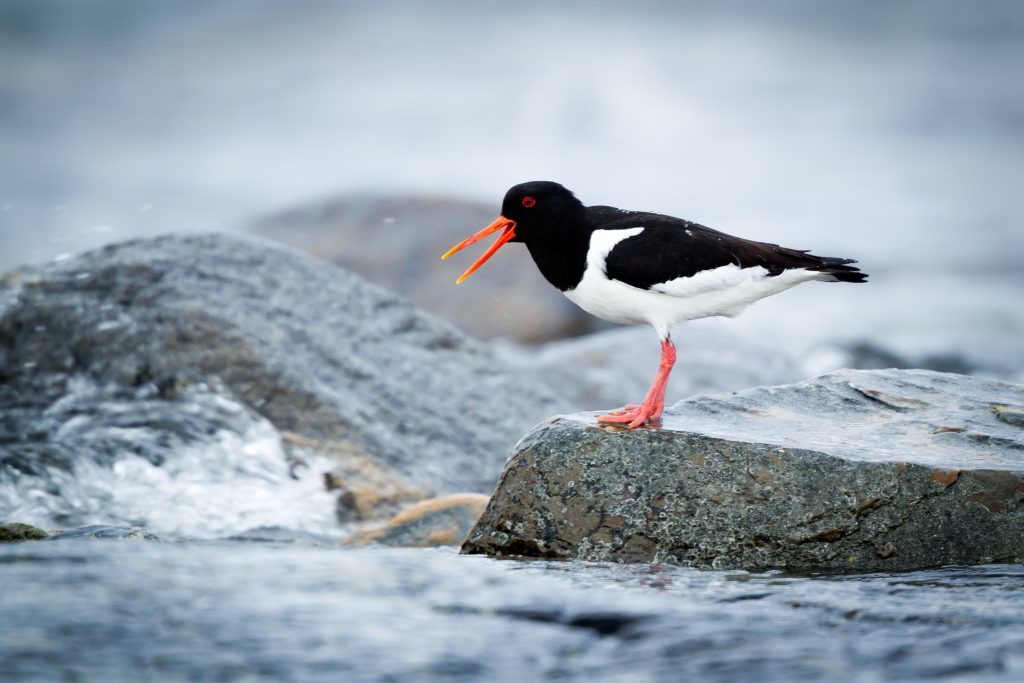It was a churning maelstrom of foaming spume and crashing waves, the air misted by sea spray thrown up against the sandstone cliffs.
The rolling breakers just kept on coming; some turning into fierce swirling eddies as they hit the shallows of this rocky beach at Auchmithie, north of Arbroath. How could any creature survive in such a surging cauldron?
Yet, marine life abounds here and down on the shore there were a few hardy anglers flinging their baited hooks out into the surf in the hope of catching cod on the hunt for wave-smashed shellfish.
I got chatting to one fisherman, who told me that cod approach to within 60 yards of the shore and during the winter months he has caught fish up to 6lb in weight. He knew of other anglers with tales of much larger specimens. By the crumbling remnants of the old harbour wall, conger eels are also occasionally hooked, he said.
I wandered further along the large-pebbled beach and through my binoculars watched a black and white plumaged oystercatcher wrestle with a small fish in its long red bill. Fish are not their usual quarry and this bird was having real difficulty in juggling it into a comfortable position for swallowing.
I crept closer to the oystercatcher to try and determine the type of fish it was grappling with. I couldn’t be certain, but it looked like a juvenile whiting, no more than three inches long with a silvery belly and olive back. Whiting are not typical rockpool fish and perhaps it was a victim of the crashing surf. Like the cod, this oystercatcher was taking advantage of the mayhem caused by the sea.
On the red-hued cliffs above the wave-tossed frenzy of the bay, fulmars had begun to pair-up and cackled to each other excitedly on their narrow nesting ledges. It might seem early in the year to be thinking about breeding, but these birds were bagging the best ledges and spending time renewing pair bonds with their partners. It really does pay to think ahead and I suspect these early arriving fulmars will be more successful in raising chicks than those birds that turn up later.
Much of this intelligent behaviour will have been learned because fulmars are incredibly long-lived birds, some reaching 40 years or more in age. Although they look similar to gulls, they are in fact petrels and have a complex tubular nose for excreting excess salt.
It had been exhilarating day and on my way back home via Dundee I drove across the Tay Road Bridge where I was surprised to find the firth in a state of mirror calm. It would seem that the underwater rock shelves and unique marine topography at Auchmithie creates its own special swirling sea conditions, and as such, makes it the perfect place for wildlife looking to feast upon the ocean’s rich pickings.
Info
Cod are partially migratory fish moving between nursery, feeding and spawning grounds. They eat a wide range of marine creatures such as worms, molluscs and small fish.











